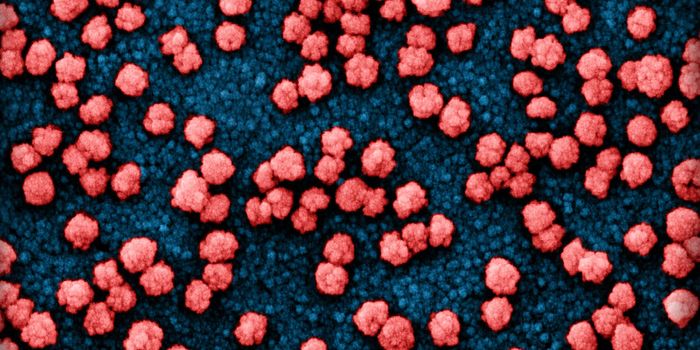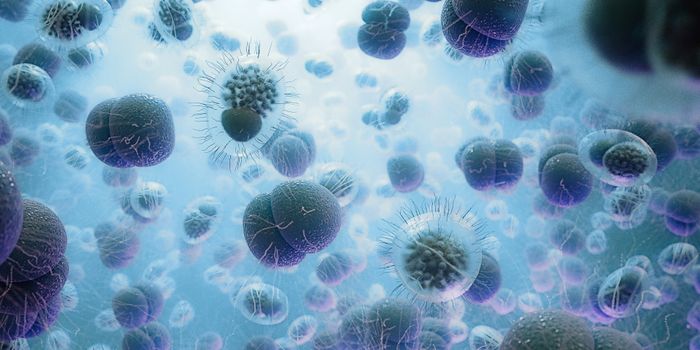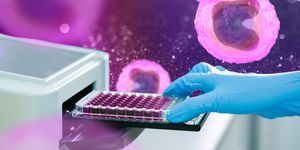New Type of Antibiotic Makes Bacteria Self-Destruct
Bacteria that are resistant to antibiotics are a growing health problem. These dangerous pathogens are already thought to contribute to the deaths of over 4 million people every year, worldwide. The World Health Organization has repeatedly warned that this number is likely to keep increasing, as bacteria can easily share genes that spread the ability to resist various drugs. Some researchers think that other factors, such as the widespread use of antibacterial soaps, antibiotic use in agriculture, and the misuse of antibiotics are exacerbating the issue.
New antibiotic drugs that are safe and effective can also be extremely challenging to develop. But scientists are hard at work developing new candidates. A new report in the Journal of Medicinal Chemistry has outlined a potential new approach, which causes bacterial cells to engage in a kind of self-destruction.
This new type of antibiotic aims for a bacterial enzyme called caseinolytic protease proteolytic subunit, ClpP, which has a crucial role in cellular maintenance. ClpP normally breaks down proteins that are not needed or nonfunctional. The novel antibiotic significantly increases ClpP activity, and the enzyme begins to degrade proteins that are important to the bacterial cell. This eventually destroys the cell from the inside out.
“Most antibiotics inhibit a process,” said senior study author Dr. Walid A. Houry, a professor of biochemistry at the University of Toronto. “With this approach, we are dysregulating a process, and this allows us to develop this new class of compounds that we eventually hope to get into a clinic.”
The research team has previous knowledge of this enzyme, which is also found in cancer cells. The investigators decided to look for a way to target the bacterial ClpP enzyme while disregarding the human version of ClpP, Houry added.
They used synchrotron technology at the University of Saskatchewan, which generates extremely intense beams, to see how the bacterial and human enzymes differed at the structural level, and how potential drugs interacted with these molecules. The scientists took advantage of very minor differences and designed novel compounds that could target pathogenic bacteria while leaving human cells alone.
More research will be needed before the drug can be used, and it will have to be evaluated in a variety of ways before it's brought to the clinic. But the researchers are hopeful that is may one day be applied to the treatment of bacterial infections including meningitis and gonorrhea.
Sources: Canadian Light Source, Journal of Medicinal Chemistry









